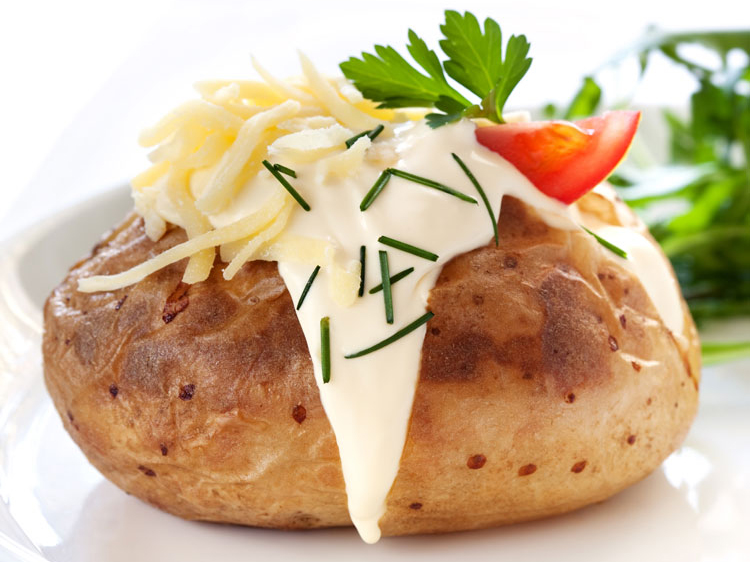
The jumps in dairy sales seen during the earliest weeks and months of the pandemic came quick and fast. Even seven months in now, that momentum has still helped keep dairy products selling above year-ago levels.
What have been some of the big-picture changes dairy has seen over the course of this roller-coaster year? The panelists of the October 21 Hoard’s Dairyman DairyLivestream sponsored by Diamond V shared positive news in regard to retail demand of just about every single dairy product sold at grocery stores.
Fluid milk
This year through August, USDA data indicates fluid milk sales are 1.4% higher than 2019, Cornell University economist Andy Novakovic pointed out. Recognizing that fluid milk was actually experiencing negative growth for many years before now makes that number particularly impressive.
“Interestingly, organic is up 14% and conventional is up 0.6%,” he added. Of course, conventional milk represents a much larger base to begin with.
Cheese
Despite cheese’s wild price swings this year and a drop in food service uses, at the retail level, many categories are still disappearing. Processed cheese reversed its previous downward trend as families looked for shelf-stable foods, explained retail dairy analyst John Crawford. Although some snacking cheese, like string cheese, slowed down, that was mostly made up by growing sales of shredded cheese and processed singles, Kroger’s Dairy Supply Chain Director Mike Brown added.
The story of American cheese, in particular, was its use in donations in food boxes and other programs, Novakovic said. The Farmers to Families Food Box Program was an especially large help in moving American cheeses to consumers. Non-American types of cheese didn’t have that support and mostly relied on domestic consumption, so they saw more disruption.
Cultured dairy
An interesting bright spot for dairy caused by the pandemic was the rising demand for cultured dairy products, including sour cream, cream cheese, and even Ricotta cheese. Brown shared that Kroger stores were realizing some growth in these categories before COVID-19, but they continued their ascent during the pandemic.
One product that has remained relatively flat is yogurt, though. As single-serve, on-the-go containers became less important, larger packages such as quarts were picked more, Brown continued.
Butter
At-home baking provided a boost for butter sales, but much more was also being made to use up milk and, consequently, was stored. “Pre-pandemic, stocks relative to demand on butter were a bit less than normal,” Novakovic stated. “Post-pandemic, they are much higher.”
Butter prices also convey the general picture of the value of cream and so many products that use fat, he noted.
An ongoing series of events
DairyLivestream will air twice each month for the remainder of this year. The next broadcast, “Taking a position on milk prices,” will be on Wednesday, November 4 at 11 a.m. CST. Each episode is designed for panelists to answer over 30 minutes of audience questions. If you haven’t joined a DairyLivestream broadcast yet, register here. Registering once registers you for all future events.








